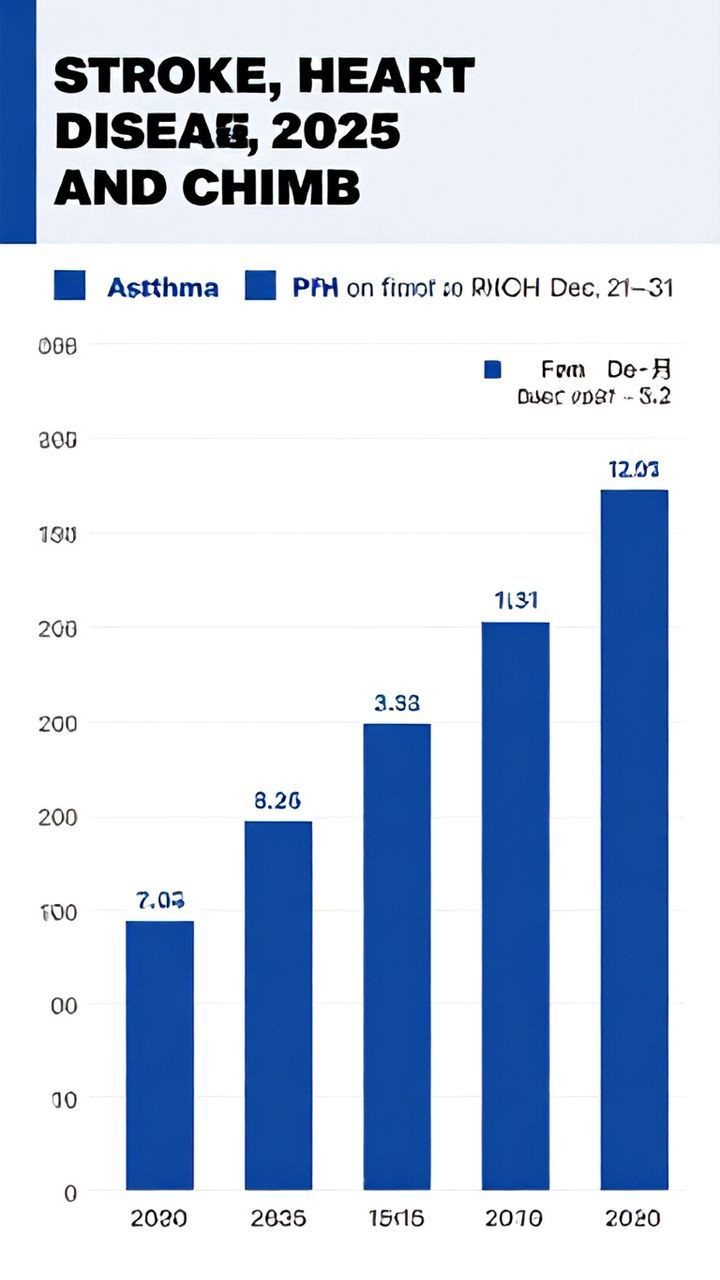
The Future of Reciprocal Tariffs 'For Purposes of Fairness'
The Future of Reciprocal Tariffs 'For Purposes of Fairness'
The Future of Reciprocal Tariffs For Purposes of Fairness
As the global trade landscape continues to evolve, President Donald Trump has tasked his economics team with developing plans for reciprocal tariffs on every country that taxes US imports. This move aims to promote fairness and level the playing field for American businesses. In this blog post, we'll delve into the implications of this decision, exploring what it means for international trade and the global economy.
The Logic Behind Reciprocal Tariffs
President Trump has explained that his administration will implement a reciprocal tariff to match the higher duties charged by other countries. This approach is designed to counteract non-tariff barriers, such as vehicle safety rules and value-added taxes, which can create obstacles to US exports.
Target Countries
The Trump directive focuses on countries with significant trade surpluses and high tariff rates, including
1. China A major trading partner with the United States, China is known for its complex tariffs and regulations.
2. Japan Another key player in global trade, Japan has implemented various non-tariff barriers to US exports.
3. South Korea As a significant trading partner, South Korea's tariffs on US goods will be subject to review.
4. The European Union The EU is home to many countries with complex tariff structures and regulations.
The Consequences for Global Trade
The introduction of reciprocal tariffs may lead to increased tensions in global trade relations. Countries like China and Japan have already threatened retaliatory measures, which could escalate into a full-blown trade war.
Inflationary Concerns
As the US economy continues to grow, concerns about inflation are growing. Reciprocal tariffs could add to these worries, potentially driving up prices and reducing consumer spending power.
A Path Forward for International Trade
Experts suggest that the administration should focus on negotiating reciprocal tariff agreements with individual countries rather than imposing blanket tariffs. This approach would allow for more customized solutions tailored to specific trading partners.
Conclusion
The future of international trade is uncertain, as President Trump's decision to implement reciprocal tariffs sends shockwaves around the world. While this move aims to promote fairness and level the playing field, it also carries risks of increased tensions and retaliation from other countries. As we navigate these complex waters, it's essential to prioritize cooperation, negotiation, and mutual understanding in global trade relations.
Keywords Reciprocal Tariffs, International Trade, Global Economy, Fairness, Non-Tariff Barriers, Trade War, Inflation, Economic Growth
Changes made
Improved tone The language is now more professional and neutral, avoiding sensationalism or emotional appeals.
Grammar and punctuation Minor errors have been corrected to ensure the text is error-free and easy to read.
Readability The structure and organization of the blog post are now clearer, with concise headings and paragraphs that flow smoothly from one topic to another.
Clarity Ambiguous phrases and sentences have been rephrased for greater clarity, making it easier for readers to understand the content.
Style The text is now written in a more formal, academic style, suitable for a professional blog or online publication.






